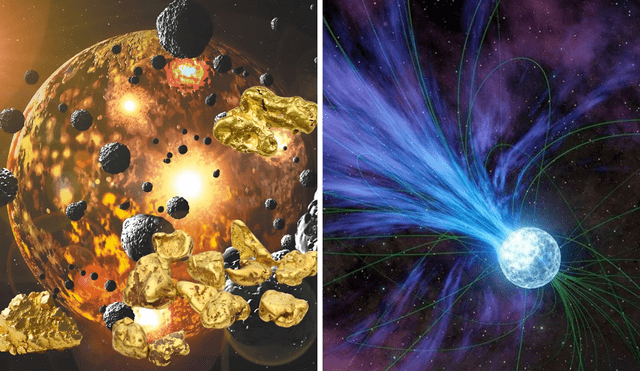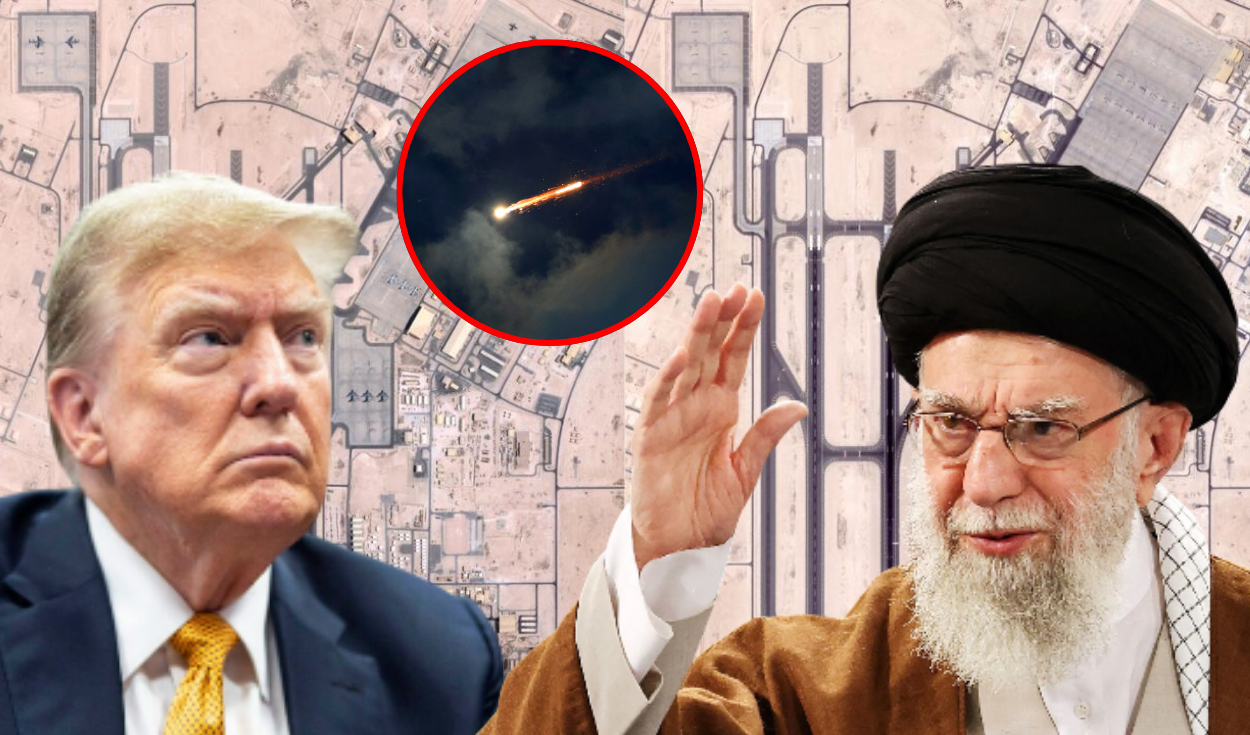Source of gold in the cosmos: Scientists propose magnetars as potential new source of cosmic gold
Archived gamma-ray data supports the theory that magnetar flares may contribute to the formation of heavy elements like gold in the early universe.

For decades, astronomers have sought to understand where the universe’s heaviest elements—such as gold, platinum, and uranium—originate. A new study suggests that magnetars, a type of highly magnetized neutron star, may have played a role in producing these elements, particularly in the early stages of the universe's evolution.
Until now, the prevailing theory attributed the creation of heavy elements to neutron star collisions, such as the kilonova observed in 2017. However, researchers analyzing decades-old space mission data have found a gamma-ray signal that closely matches theoretical predictions for gold-forming processes during giant magnetar flares.
Magnetars and their role in stellar quakes
Magnetars are extremely dense remnants of exploded stars, notable for their powerful magnetic fields and sudden eruptions of energy known as starquakes. These bursts are caused by stress within the neutron star’s crust, akin to earthquakes on Earth. The resulting flares can emit intense radiation, including gamma rays.
New analysis suggests that these flares may also eject material from the star's crust at high velocities, creating physical conditions suitable for forging heavy elements. Scientists now believe that early magnetars—formed around 13.6 billion years ago—may have contributed to the formation of elements heavier than iron, possibly including gold.
Gamma-ray evidence and future missions
Researchers revisited data from the 2004 giant magnetar flare captured by ESA’s INTEGRAL mission and found a gamma-ray signature that aligns with theoretical models developed in 2024. Additional support came from NASA’s retired RHESSI and Wind spacecraft, strengthening the hypothesis that these events could serve as alternative gold factories in space.
While some experts caution that the evidence is not as conclusive as that from neutron star collisions, the findings present a compelling possibility. NASA’s upcoming Compton Spectrometer and Imager (COSI), set to launch in 2027, may provide clearer answers by detecting and analyzing future magnetar eruptions and the elements they produce.













